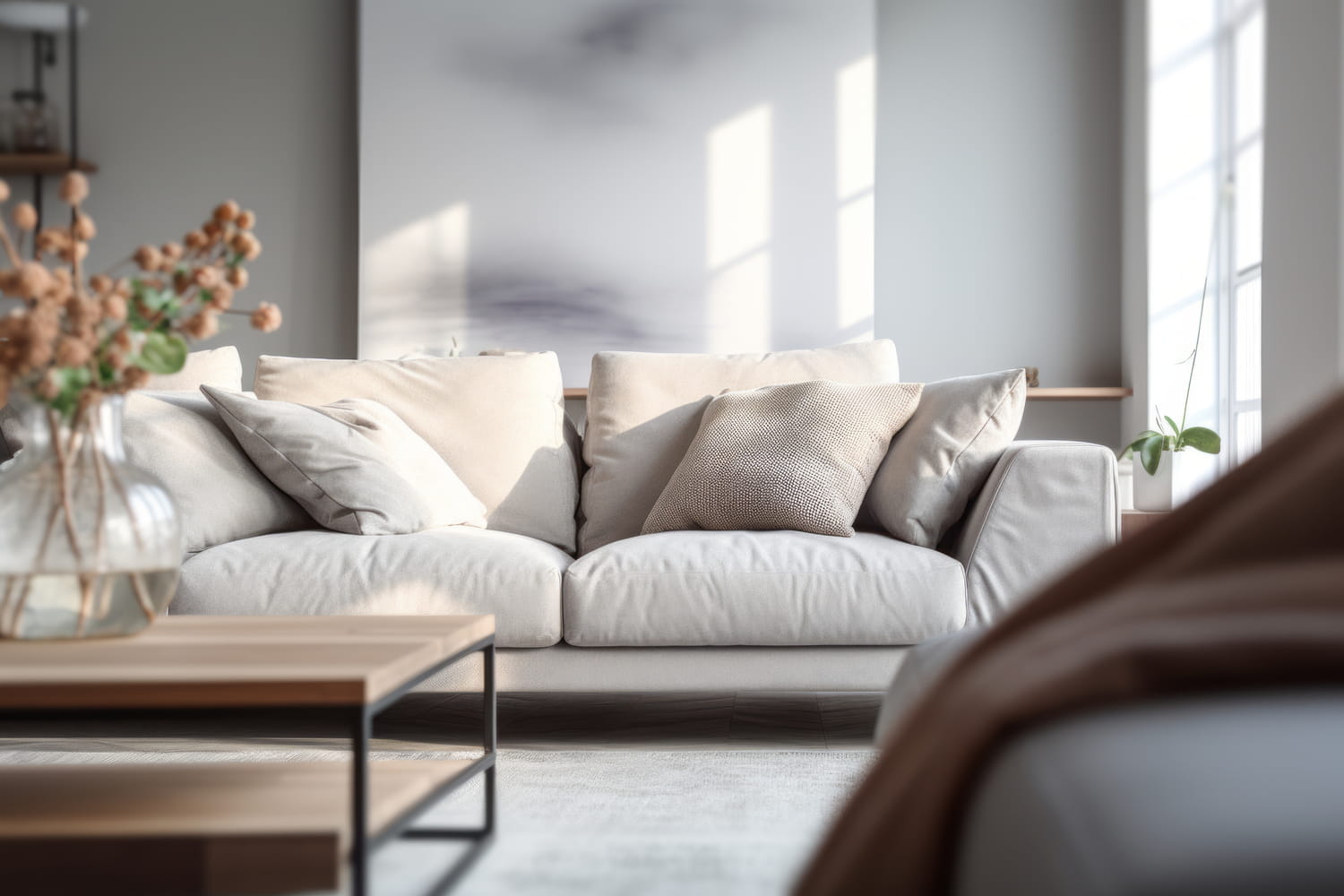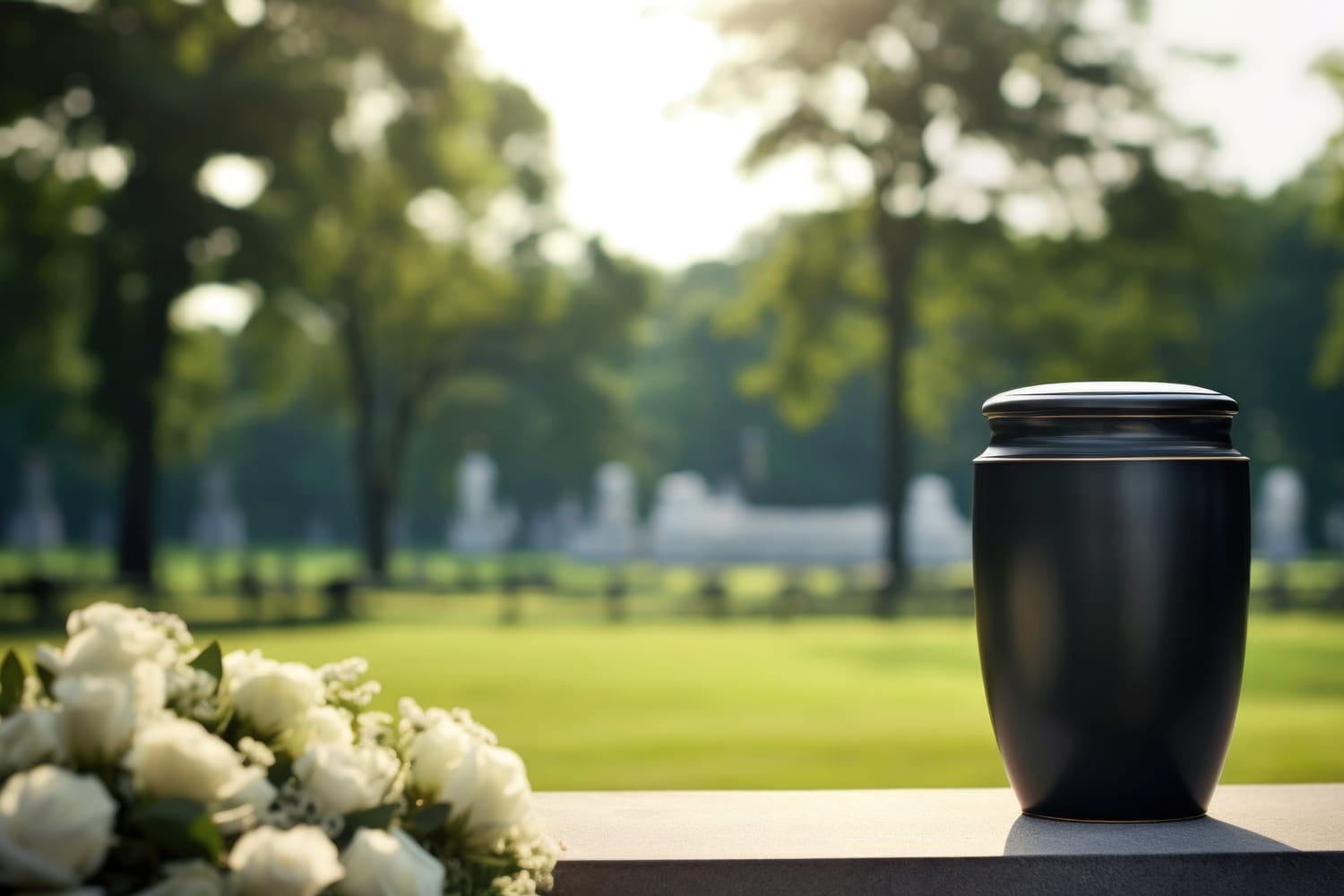It is said to be a symbol of nature and balance, but the color green has long inspired distrust. Some even refused to see the slightest trace of it in their homes.
In the palette we know, there are colors that reassure, others that intrigue, and some that divide. Green, seemingly so soothing, is strangely part of the latter category. In decoration, it has long suffered from a sulphurous reputation. We only have to ask our elders: many still hesitate to repaint a wall bottle green or choose an olive sofa. But where does this almost instinctive distrust come from?
For centuries, green has been the most unloved color in interiors. In 19th century theaters, it was said that it brought bad luck to actors; in certain regions, people refused to paint the walls, convinced that it would attract illness or discord. And even if few remember the exact reasons, the belief has survived, slipping discreetly into the decorative choices of homes.
But the mystery has a very concrete explanation. Historically, green was one of the most difficult shades to manufacture. In the 18th and 19th centuries, it was obtained from pigments containing arsenic, which were as bright as they were dangerous. Some wallpapers have even made their owners sick as they deteriorate. Added to this is a legacy of superstitions linked to death, poison and mold: green, a misleading color between life and decomposition, has quite simply inherited a bad reputation.
But that’s in the past. Today, decor has rehabilitated this color with brilliance. Sage green, cetadon or khaki green have become essential in contemporary interiors, like plants and flowers, now essential to our homes. These touches of green soften, balance spaces and subtly recall nature. Once suspicious, green is now the color of serenity. There is therefore no longer any reason to deprive yourself of it: on the contrary, a few touches are enough to make a room lively and harmonious without ever overdoing it.










